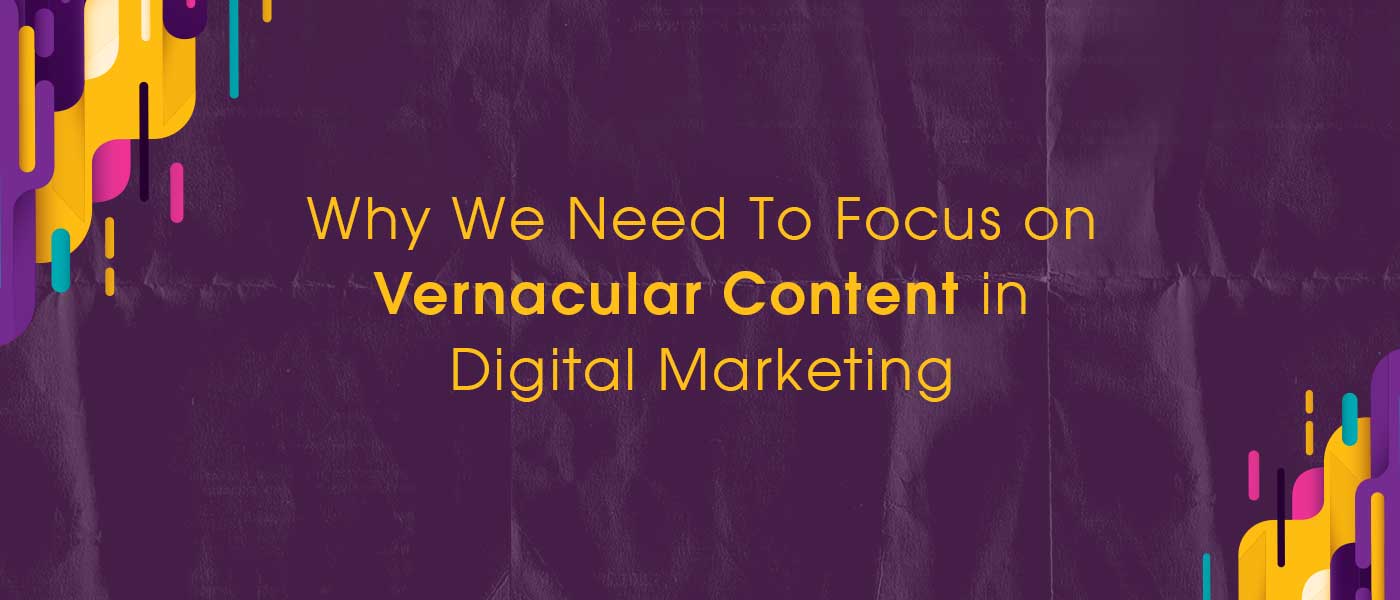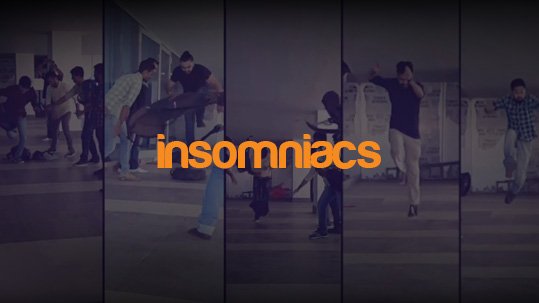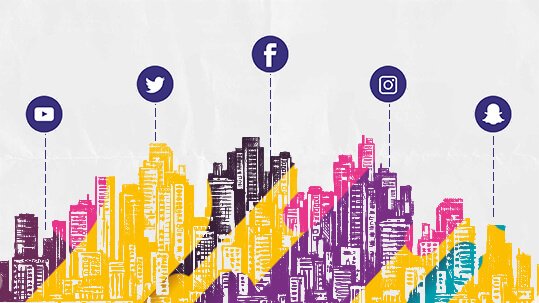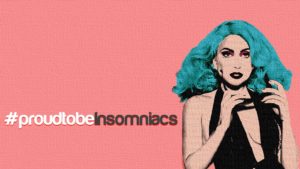A recent survey indicates that the client base consuming content of the local dialect would increase close to 540 million by 2021, provided they get the correct opportunities. This is a colossal opportunity that can be utilized to draw in the undiscovered clientele. The fundamental point of each digital marketing campaign is either to spread awareness about the brand or get immediate conversions. For both the goals, it is imperative to contact the maximum number of individuals. Because of the absence of vernacular content, the majority of the potential purchasers are undiscovered.
Content of the local dialect has prominence because of the fact that it is simple and available to the majority. Most of the customers have access to mobile devices, which makes it basic to convey mobile-friendly fresh substance. Proceeding onward from news and entertainment, the content is spreading out onto digital classified ads, payment platforms, and e-commerce websites as well. Hence, it is critical that the marketing campaigns are structured keeping in perspective the local content consumers.
The time of experimentation and study is upon advertisers and marketers as they hope to grab the chance of developing digital literacy. For instance, a local standard advertisement may not get the job done with the best course. This may affect the trend of local influencers on their journey to connect with the majority in a language that they are comfortable in. The digital market comprises of nearly 88% of internet users who usually react to digital advertisements in their local language surpassing the English content. This is a considerable reason for marketers to contact local social media influencers to promote their items in local languages.
One precedent that shows the fruitful utilization of vernacular substance is the campaign embraced by Lufthansa. The airline made digital advertisements and a microsite with support for content in a few local dialects, which brought about a traveller development of about 30% in India alone. Another model is WhatsApp, which grasped this move by permitting 200 million month-to-month clients in India to change the language from within the application itself.
It is an ideal opportunity for change. Change from an English restraining infrastructure on the Internet, and a language that numerous Indians don't understand. Despite the fact that building content in English is far simpler and quicker than in Hindi or some other local language, it merits the time and exertion if there is a substantial group of onlookers sitting tight for it. Owing to the effort of a few creative organizations, it is presently conceivable to develop a 'Digital India' free of linguistic walls.





